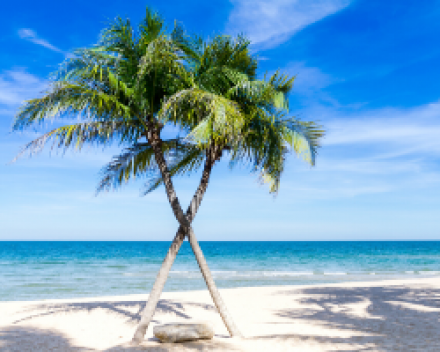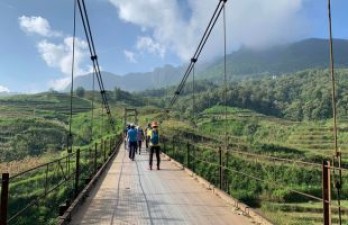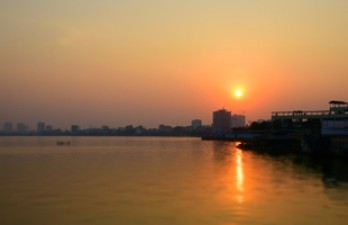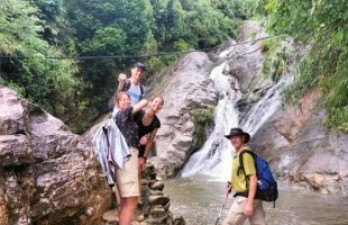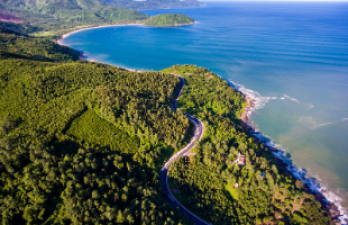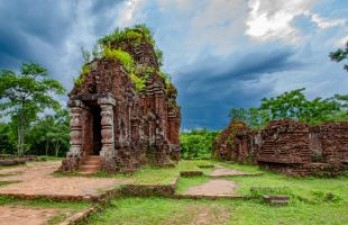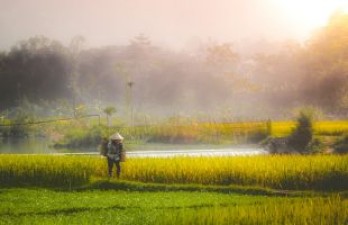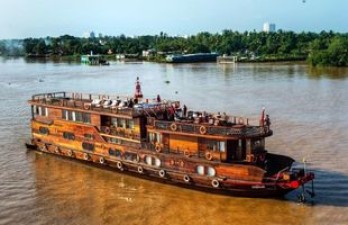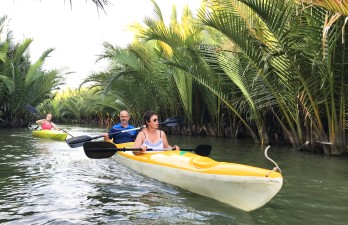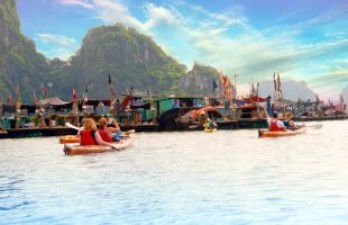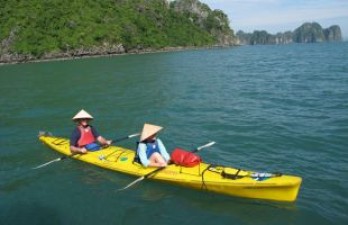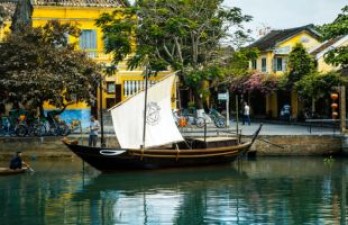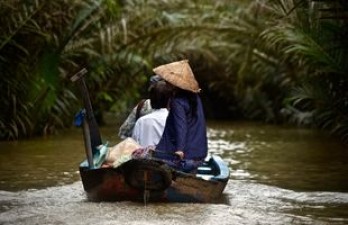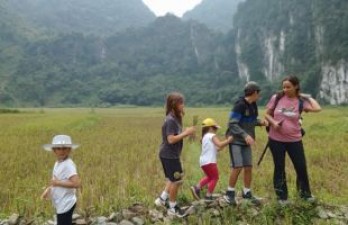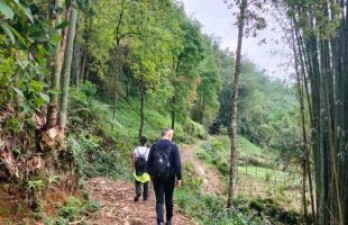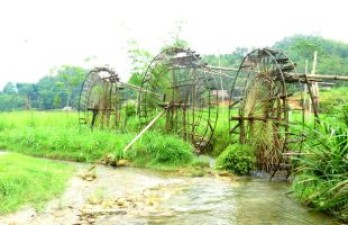How to plan for a trip to Vietnam? - Handspan Travel Indochina
2Vietnam, a captivating country in Southeast Asia, appeals to tourists through its long history, rich culture, majestic natural landscape, delightful cuisine, and warm hospitality. No matter what activities you want to experience, Vietnam can offer you all. However, if you want to have a complete and memorable experience, it is a must to plan for your trip in advance. Let’s find out how to plan for a trip to Vietnam with Handspan Travel Indochina!
Through this blog post, you will walk through the steps below.
Setting your goals and objectives
When you plan for a trip to Vietnam, you may want to set your goals and objectives first, as Vietnam has various things to explore. Before your trip, let’s determine what you want to get from your Vietnam trip.
Are you visiting for leisure, cultural exploration, adventure, relaxation, or business? Are you traveling alone to seek new experiences or traveling with your family to enhance family relationships? Understanding your travel purpose will help you shape your itinerary more easily. For example, if you are passionate about learning Vietnam’s history and culture, you may want to focus on visiting museums and historical sites and connecting with local people. Whereas, an adventure seeker might prioritize outdoor activities and exploring Vietnam’s natural beauty.
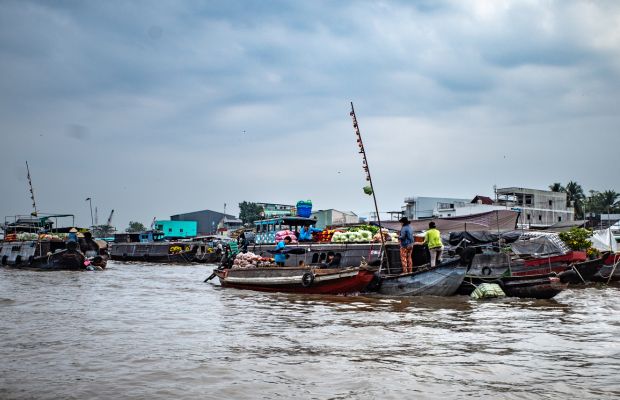
Cai Rang Floating Market
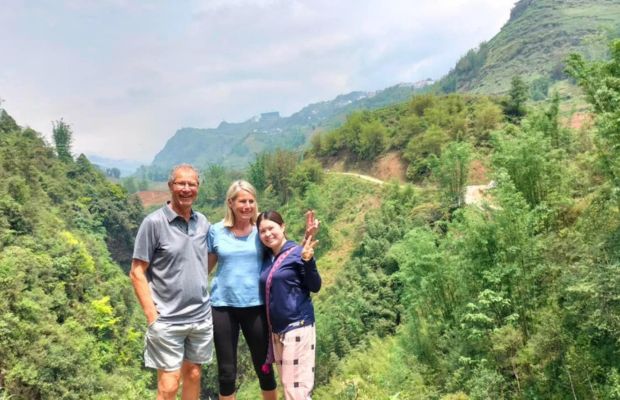
Trekking in Sapa
Supposing that you are a solo traveler pursuing new experiences, you may want to spend more time exploring off-the-beaten paths and attractions of Vietnam. On the contrary, if you plan for a trip to Vietnam with your family, you can choose to relax in the resorts, playgrounds, swimming pools, beaches, etc. In case you want to have more detailed information about a family vacation in Vietnam, you can refer to our blog post here: A guide for a family trip in Vietnam.
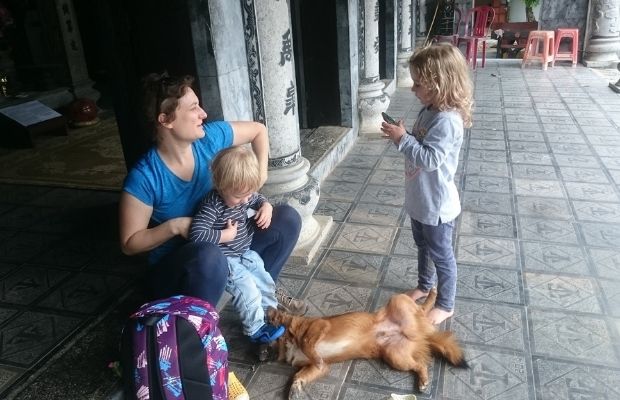
Family trip in Ninh Binh
Overall, setting goals and objectives before traveling to Vietnam can help you make the most of your journey. Let’s keep reading for the next step to plan for a trip to Vietnam!
Determining the time of visit
After setting goals and objectives, let’s decide the time of your travel. It is also one of the most important decisions you will make to plan for a trip to Vietnam. Thanks to the tropical monsoon climate and diverse terrain stretching from highlands to the plains and a coastline covering, the best time to visit Vietnam can vary depending on your preferences and what you want to experience during your trip.
Vietnam experiences three distinct climate zones: North, Central, and South. Each region has its own weather patterns, so the timing of your visit can significantly impact your experience. Let’s have an overview of the weather in each region!
Northern Vietnam
The Northern region of Vietnam has four distinct seasons: Spring (January to March), Summer (April to June), Autumn (July to September), and Winter (October to December). Spring and Autumn are the best times to visit due to mild temperatures and less rainfall. Whereas, the Summer is fairly hot and humid while Winter can be chilly.
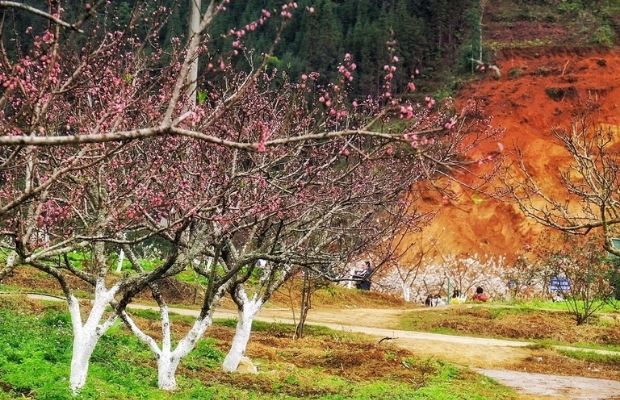
Bac Ha in spring
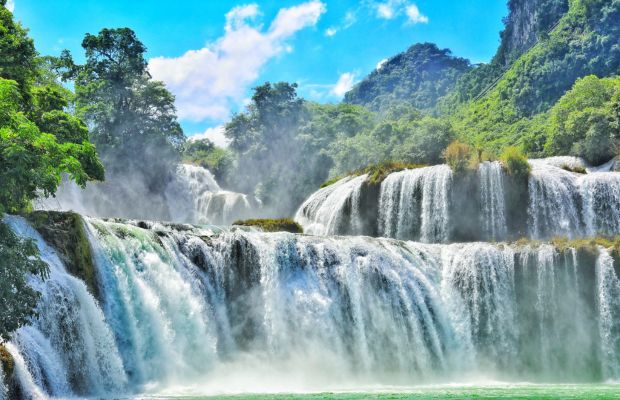
Ban Gioc Waterfall in the summer
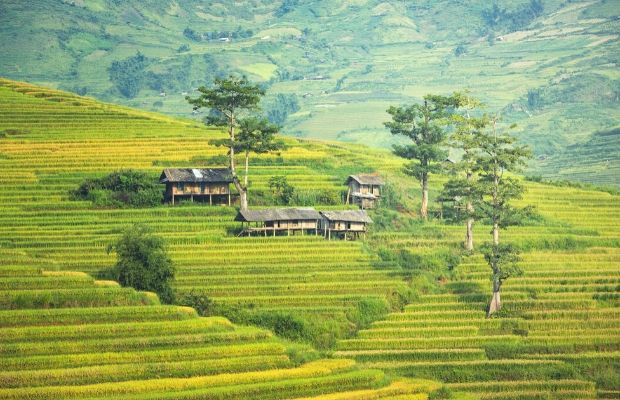
Terraced rice fields in Sapa
Central Vietnam
The center of Vietnam has three main areas: North Central, South Central, and the Highlands. In the dry season, from January to August, the weather is hot, and the air humidity is low. Whereas in the rainy season, the weather is cold with heavy rain. The dry season offers pleasant weather for exploring the ancient towns and coastal areas.
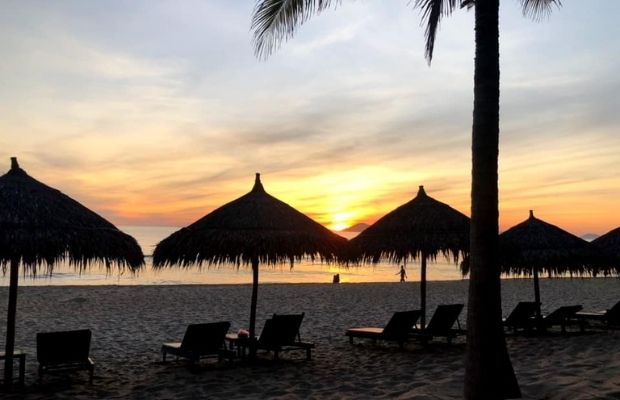
An Bang Beach, Hoi An
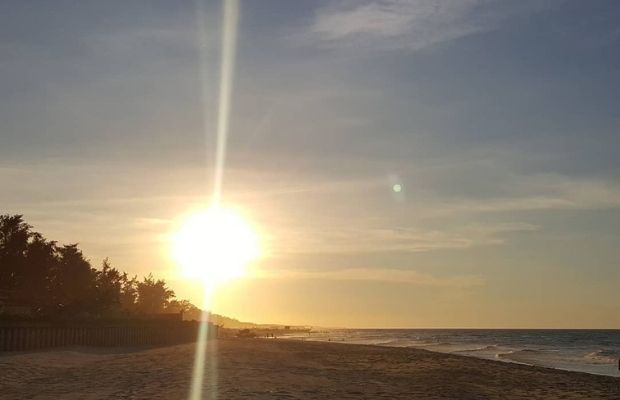
Sunset in Thuan An Beach, Hue
Southern Vietnam
Southern Vietnam has a humid tropical climate with stable temperatures from 25 degrees Celsius to 35 degrees Celsius. There are two seasons in the areas, dry season (November to April) and rainy season (May to November). The dry season is ideal to visit the region with low humidity and flavor temperature.
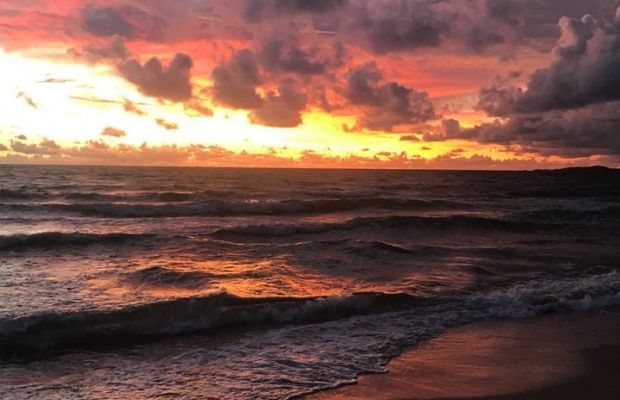
Ong Lang Beach, Phu Quoc
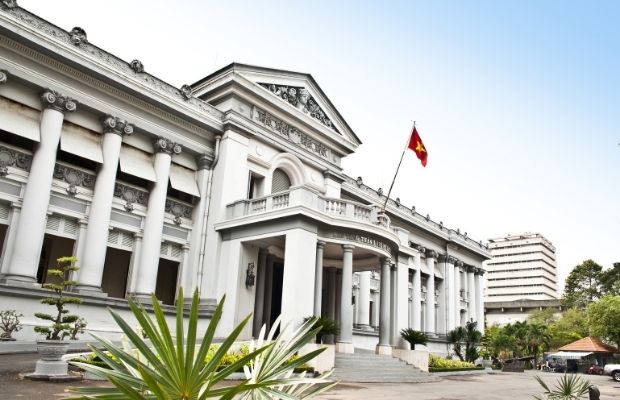
Ho Chi Minh City Museum
For further information to plan for a trip to Vietnam, please refer to our blog post here: Vietnam through each season: The ideal time to visit Vietnam.
Besides the weather, you can also consider planning your trip during the festival seasons in Vietnam. The Lunar New Year (Tet holiday), which takes place from the first day of the first month of the Lunar calendar (around late January or early February) for at least three days, is one of the most important festivals in Vietnam. If you plan for a trip to Vietnam these days, you can enjoy a vibrant atmosphere, but be prepared for crowded streets and higher prices.
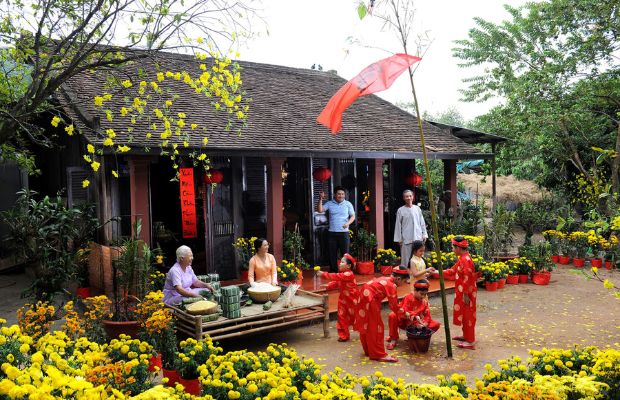
Tet Holiday in Vietnam
Wanna know more about other festivals in Vietnam? Here is your reference: The top 05 best festivals in Vietnam you should not miss.
Generally, choosing the best time to visit Vietnam is a crucial aspect of your travel planning. Whether you opt for the cooler months, the bustling festival season, or the quieter shoulder periods, Vietnam offers a unique experience year-round. So, plan wisely, and get ready for an unforgettable journey in this captivating country.
Deciding your travel duration and itinerary
Planning a trip to Vietnam involves not only choosing the right time to visit but also determining the ideal travel duration and crafting a well-thought-out itinerary. Here are some recommendations to help you decide on the travel duration and create a memorable itinerary.
Assessing your available time
Vietnam is a relatively long country, so it might take you a lot of time to explore the whole country. However, you may want to consider the amount of time you have available for your trip. If you have a week, you should focus on one region following your interests, while a two to three-week trip allows for a more comprehensive exploration of the country.
Spending time to research the highlights of each region
Before determining your travel duration and itinerary, it is a must to know about the highlights of each region. For example, Hanoi, Halong Bay, Sapa, and Ha Giang are some outstanding destinations in the Northern region of Vietnam. Whereas, the Central region is home to historic Hoi An and the imperial city of Hue. The South, including Ho Chi Minh City and the Mekong Delta, offers a vibrant urban experience and lush landscapes.
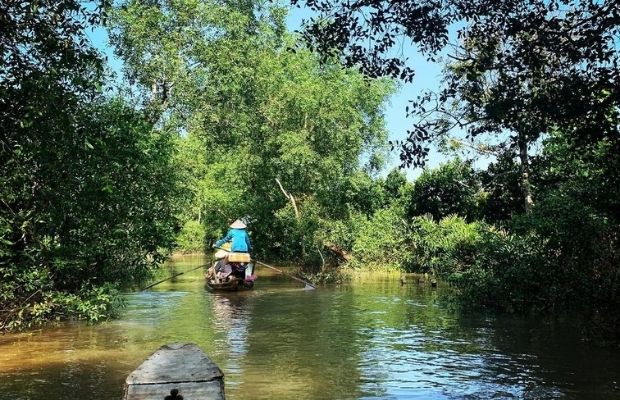
Cruising on the Mekong Delta
Combining exploring and relaxing
Striking a balance between exploration and relaxation in your itinerary. Don’t try to stuff everything on your trip. While it's tempting to fill your schedule with exciting activities, also allows time for spontaneous discoveries and moments of leisure. By combining exploring and relaxing, you can enhance your overall experience and avoid travel fatigue.
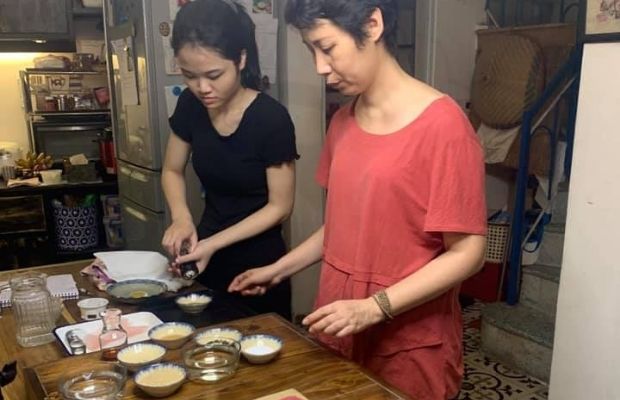
Chef Ai's cooking class in Hanoi
Once you have identified your length of travel, you can craft your itinerary more easily. Here are some itineraries you can refer to.
- 7-day trip
For a 7-day trip in Vietnam, you can explore the vibrant streets of Hanoi, embark on a captivating Halong Bay cruise, discover the enchanting charm of Hoi An, embrace the excitement of Saigon after dark, and enjoy the mesmerizing Mekong Delta.
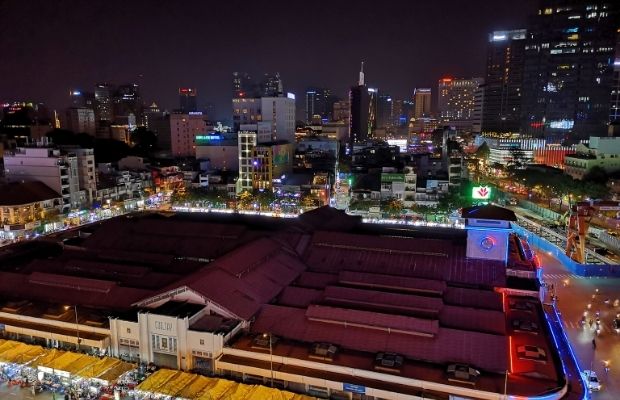
Ben Thanh Night Market, Saigon
Here is the detailed itinerary: 7 days of Vietnam Magic: Hanoi to Ho Chi Minh City.
- 14-day trip
Where can you go for 14 days in Vietnam? Let’s start from the vibrant streets of Ho Chi Minh City to the stunning beauty of Halong Bay and the cultural treasures of Hue. Explore the historic Cu Chi Tunnels, immerse yourself in the Mekong Delta's vibrant Cai Rang floating market, wander the ancient streets of Hoi An, and trek through the breathtaking landscapes of Sapa. Discover Hanoi's city highlights, marvel at the wonders of Ninh Binh and cruise the emerald waters of Halong Bay.
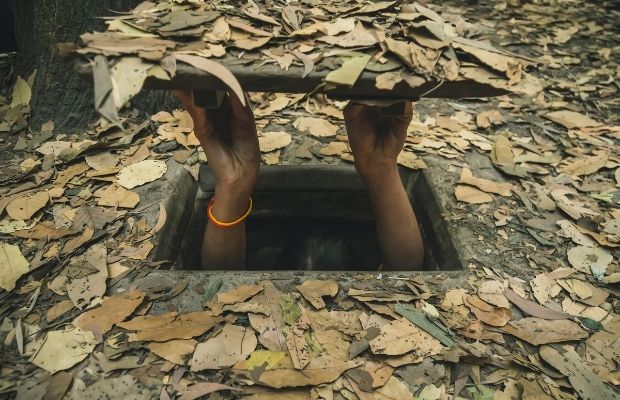
Cu Chi Tunnels
You can refer here for a detailed itinerary: Vietnam Essence Explorer: From Southern Charm to Northern Beauty.
- 21-day trip
For 21 days in Vietnam, you can explore the whole country from the North to the South. You will have a chance to see Hanoi's iconic highlights, bask in the natural beauty of Mai Chau Valley and Pu Luong Nature Reserve, cruise the majestic Halong Bay, and trek through the rugged landscapes of Sapa. Immerse yourself in the historic charm of Hoi An's Old Town and its serene countryside, then venture to the picturesque Bach Ma National Park. Delve into the rich cultural heritage of Hue and the bustling energy of Ho Chi Minh City, including a visit to the historic Cu Chi Tunnels. Experience the vibrant Mekong Delta with its enchanting floating markets before unwinding on the idyllic beaches of Phu Quoc.
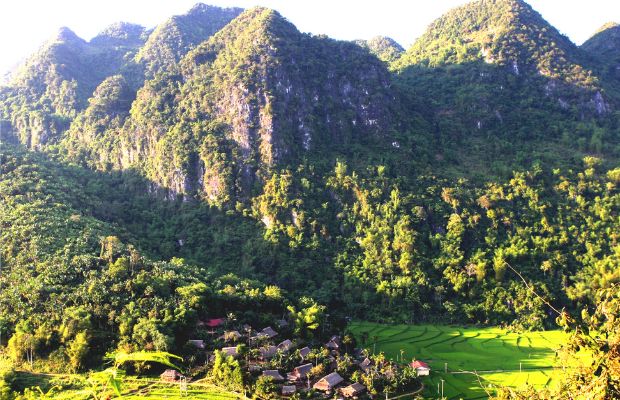
Pu Luong Nature Reserve
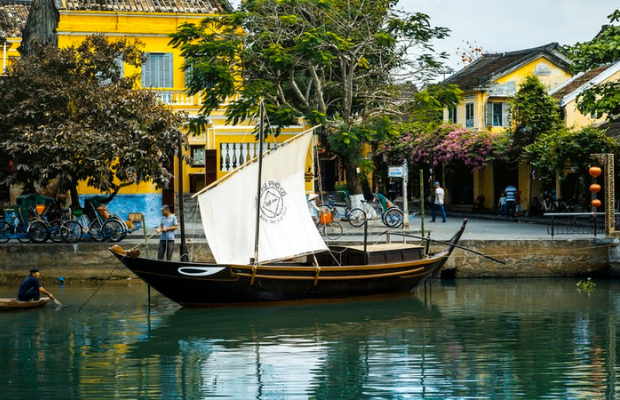
Hoi An Ancient Town
Here is the detailed itinerary: Discover the best of Vietnam: 21-day journey from North to South.
If you want to have a shorter or longer itinerary, please do not hesitate to contact our team.
Estimating the budget for your trip
After you define your travel objectives, time of visit, duration, and where you want to go, it’s time to estimate the budget for your trip. This step is also extremely crucial when you plan for a trip to Vietnam. Accurately estimating the costs of your trip ensures that you have an enjoyable and stress-free experience. Whether you are a budget traveler looking for cost-effective options, a mid-range traveler seeking a balance between comfort and affordability, or a luxury traveler aiming for high-end experiences, Vietnam can satisfy you all. Here are some major components of your travel expenses.
- Flights
Your international airfares can vary significantly depending on your departure location, time of booking, and airline. In terms of domestic flights in Vietnam, it’s fairly affordable, which cost you an average of US$80 one way. Let’s research carefully, compare the prices, find the best deals, and book the flight ticket well in advance to secure lower prices.
- Accommodation
Vietnam offers a wide range of accommodations, from homestays, guesthouses, budget hostels, and hotels to luxurious resorts. If you want to save expenses as much as possible, then a homestay or guesthouse is your ideal choice. The price for this type of accommodation is from US$10 per person per night. If you have a higher budget, you can choose a boutique hotel which costs you from US$30 per night, or a luxurious resort which costs you from US$80 per night. Note that prices may vary by location, with larger cities typically being more expensive.
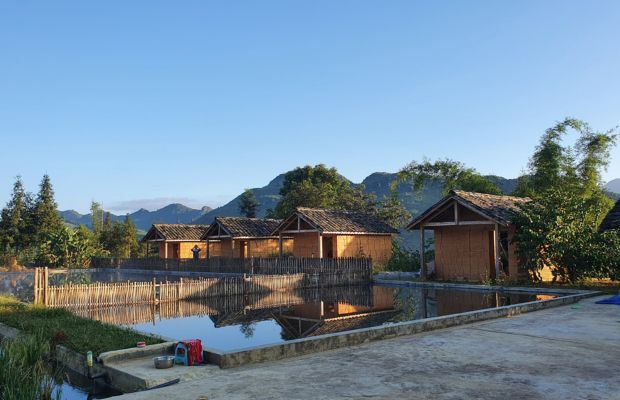
Toong Homestay, Nam Dam, Ha Giang
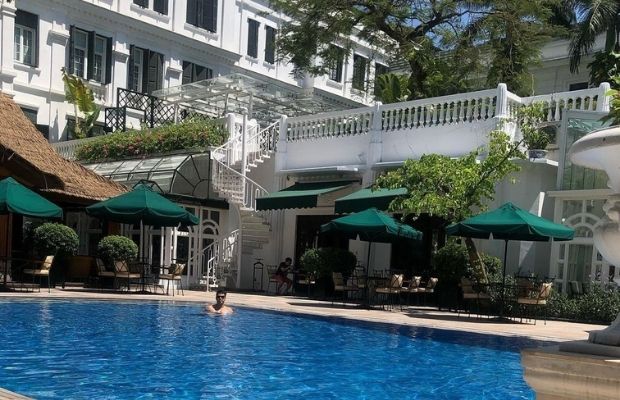
Sofitel Legend Metropole Hanoi
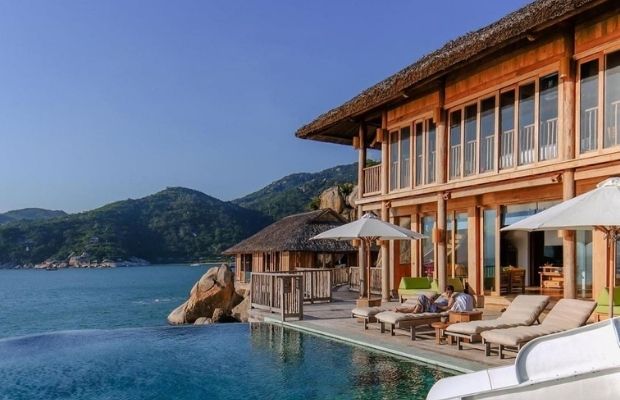
Six Senses Ninh Van Bay, Nha Trang
- Food
Regarding Vietnamese food, you can enjoy street food for a few dollars or dine at upscale restaurants. Let’s set a daily budget for food and spend time savoring local dishes!
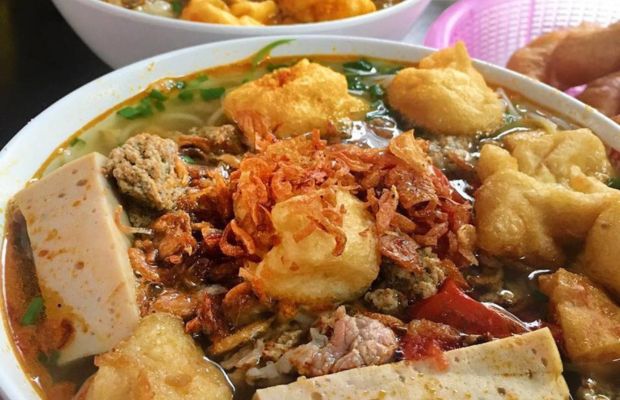
Vietnamese crab noodles
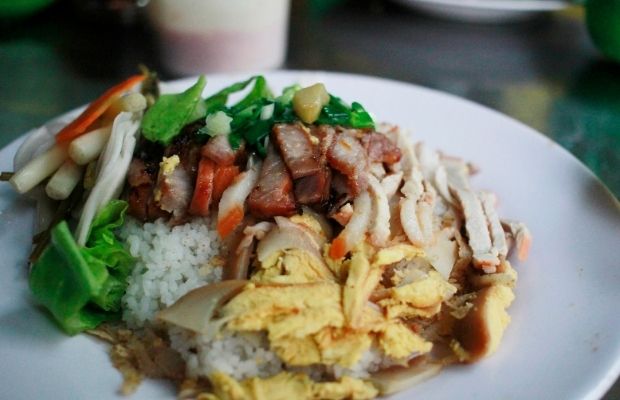
Saigon broken rice
- Transportation
Depending on your budget, you can choose the public bus, taxi, motorbike, or private car to transfer around or from destinations to other destinations. The prices for each means of transportation may be varied.
- Activities and excursions
You may want to research the activities you want to do and the entrance fees to attractions to estimate the expenses for your trip. If you have a low budget, then you can choose to join a group tour. In contrast, a higher budget allows you to take a private tour.
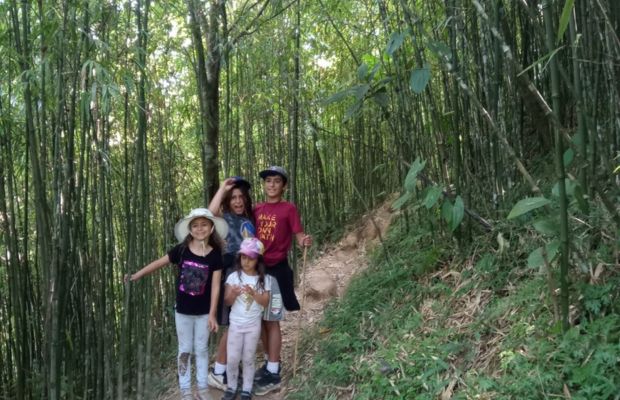
Trekking in Sapa

Water motor in Nha Trang
Overall, budgeting is one of the key factors when you plan a trip to Vietnam. Now, it’s time to come to the next step: Checking passport and Visa requirements.
Checking passport and Visa requirements
Don’t forget to check passport and Visa requirements when you plan for a trip to Vietnam. Make sure that your passport is valid for at least six months from the entry date to Vietnam and has at least 02 blank pages.
Vietnam typically requires most foreign visitors to obtain a visa for entry. The government has decided to issue e-visas to citizens of all countries and territories entering Vietnam. There are 13 airports allowing foreign nationals to enter and exit using e-visas. These airports include Noi Bai, Tan Son Nhat, Cam Ranh, Da Nang, Cat Bi, Can Tho, Phu Quoc, Phu Bai, Van Don, Tho Xuan, Dong Hoi, Phu Cat, and Lien Khuong. In addition, 16 land border gates and 13 sea border gates also apply e-visas.
Vietnam currently offers from 14 to 90 days of visa exemption for citizens from 25 countries. Check if our country is on the visa exemption list or not.
In general, ensuring that your passport and visa requirements are in order is a crucial aspect of planning your trip to Vietnam. Always check the latest requirements and guidelines, as immigration regulations can change over time. For any assistance or information about applying visa to Vietnam, please do not hesitate to contact our team.
Preparing a packing list
Now comes the last step when you plan for a trip to Vietnam: preparing a packing list. Creating a well-thought-out packing list is a crucial part of trip planning, and it can make your journey to Vietnam smooth and enjoyable. Here's a comprehensive packing list to help you prepare for your adventure in Vietnam.
- Clothing
Depending on the time of your visit, you may want to bring different types of clothes. During summer, the climate can be hot and humid, so pack lightweight, breathable clothing. Consider cotton and linen fabrics. Don’t forget to bring a hat and sunglasses to protect you from the sun. Whereas if you travel during winter time, a warm jacket, and rain gear are extremely essential. Besides, you may want to bring comfortable shoes for walking, hiking, and trekking.
- Travel documents
Remember to bring your passport, printed copy of travel insurance, visa approval letter, or digital copy of your travel itinerary, including flights, accommodations, and important reservations. These documents are extremely important when you travel to any country, including Vietnam.
- Toiletries
Don’t forget to pack personal hygiene like toothbrush, toothpaste, shampoo, shower gel, and other toiletries. Although you can buy these locally, it’s convenient to have your preferred products.
Besides those above things, it’s a must to bring the travel-sized first-aid kit which includes essentials like pain relievers, bandages, and any personal medications. Also, carry your power adapters, portable charger, camera, and accessories.
In conclusion, you have just gone through six steps to plan for a trip to Vietnam. Now, it’s time for you to book your flights, and tour services following your itinerary. Supposing that you need any further assistance, don’t hesitate to contact our Handspan team. Hope that you will have an amazing trip in Vietnam with memorable experiences!
__logo.png)
__hanoi-water-puppets.jpg)
__angkor-wat-blue-reflections.jpg)
__vientiane-buddha-park-monks.jpg)
